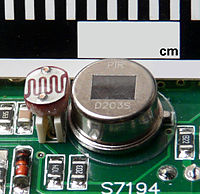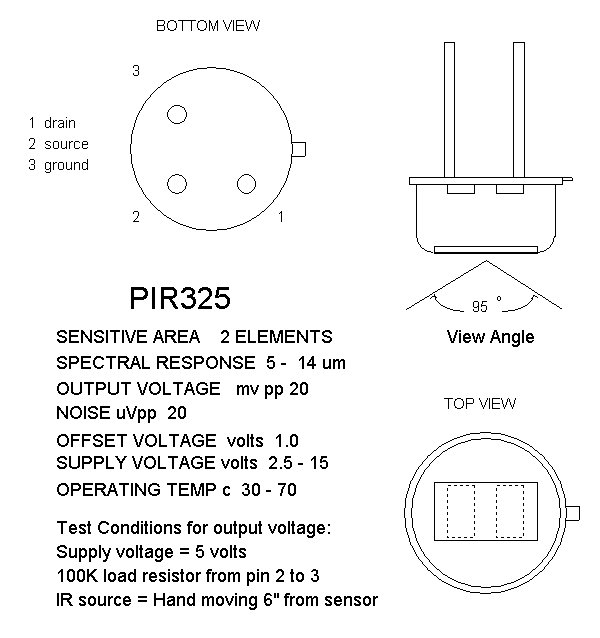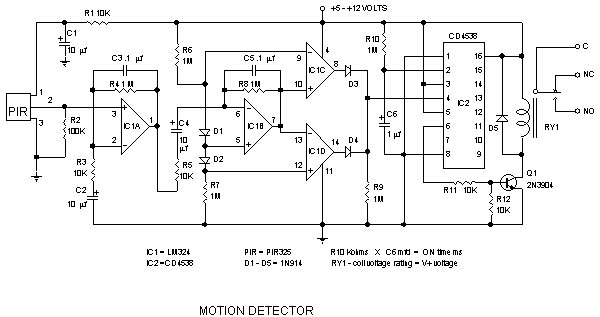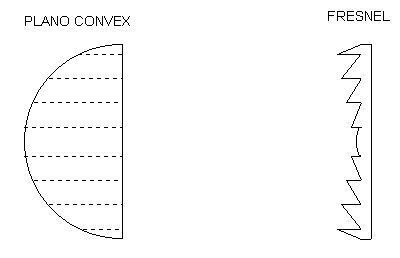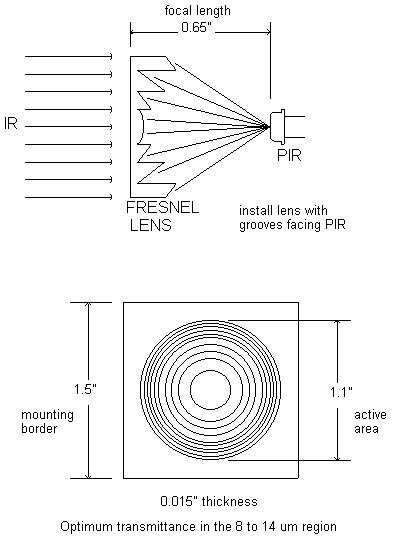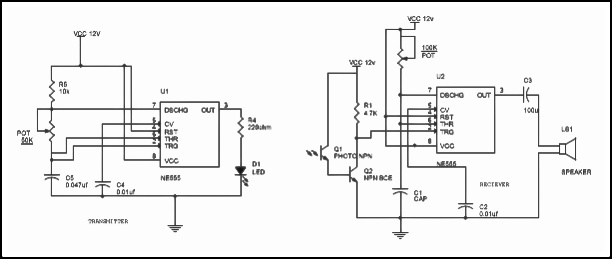The motion detector switch is composed of these wires, connected to a large eye that protudes from the front of the switch, usually located on the top of the switch. It scans 180° from its position on the wall. It is a solid-state electronic switch that can be damaged by incorrect wiring or handling of the product.
There are two variations of this type switch, the active sensor switch and the passive sensor switch. Active sensors, often referred to as radar-based, send out sound waves into the room, like your garage door opener does and waits for the signal to return. You may have had a garage door that always opens when it thunders. That's because a frequency was generated that matched the one that tells your garage door opener to open the door.
Passive sensors, on the other hand, have their own unique way of detecting movement. Called passive infrared sensors (PIR) and sometimes called pyroelectric detectors, they are used frequently in homes and businesses alike. They detect heat from the body of humans and animals alike. The sensor uses aphoto detector which which coverts light in the wavelengths into electrical current that triggers an alarm in the mini compuer housed in the detector. It triggers the switch to turn on. The exception is, the computer ignores slow changes in room temperture due to sunlight.
These type of switches are not limited to the interior of the home. There are also outdoor versions that detect movement from traffic driving up your driveway. These driveway alarms are used to notify soemone in your home that you have company, giving you a heads-up before they reach the door. They are also used in things like deer cams and door entry alarms. The one I have is placed across the room from the door and detects customers as they come in the front door. It then sends a siganl to a remote unit upstairs that sounds an alarm. That way, I don't have to sit and watch the video monitor while I eat lunch. That allows me to be aware of customers, eat lunch and watch TV for a few minutes without worrying about missing someone and causing them to wait impatiently. It's one of the best things I've bought and was relatively inexpensive. Maybe, you need a sensor for your home?





